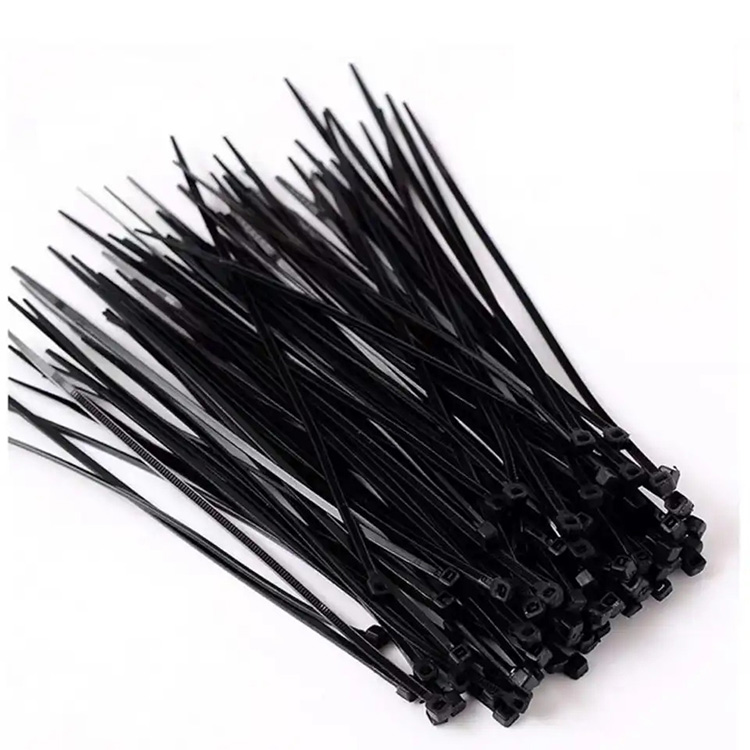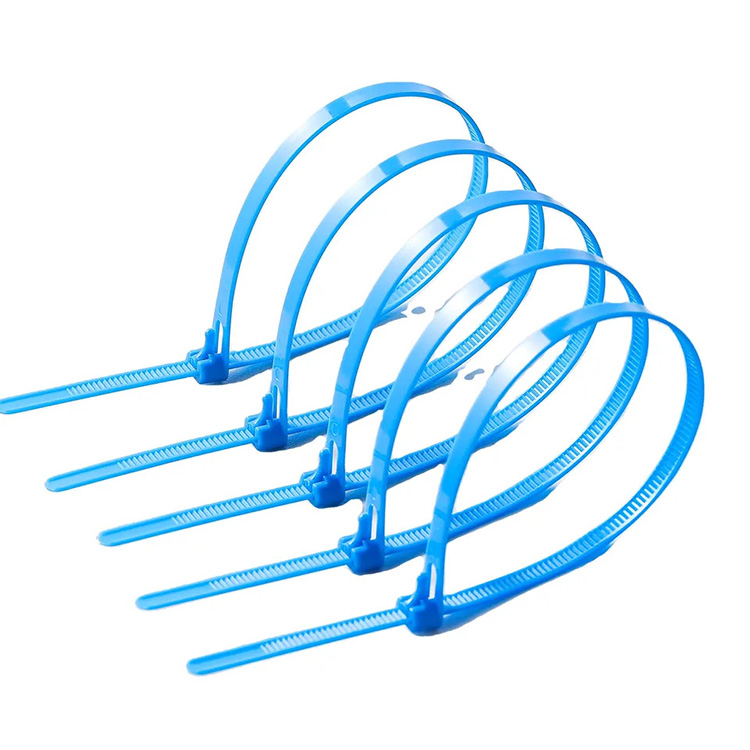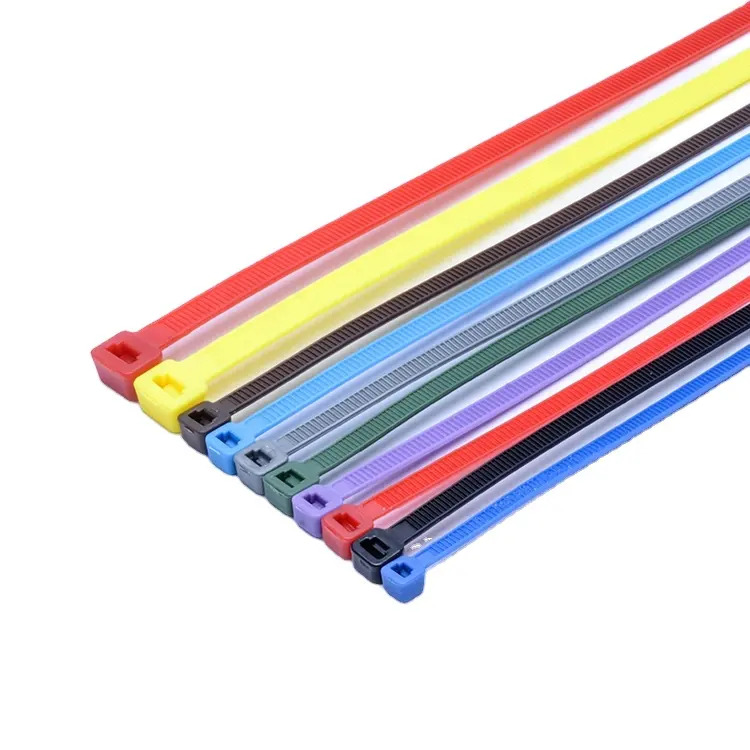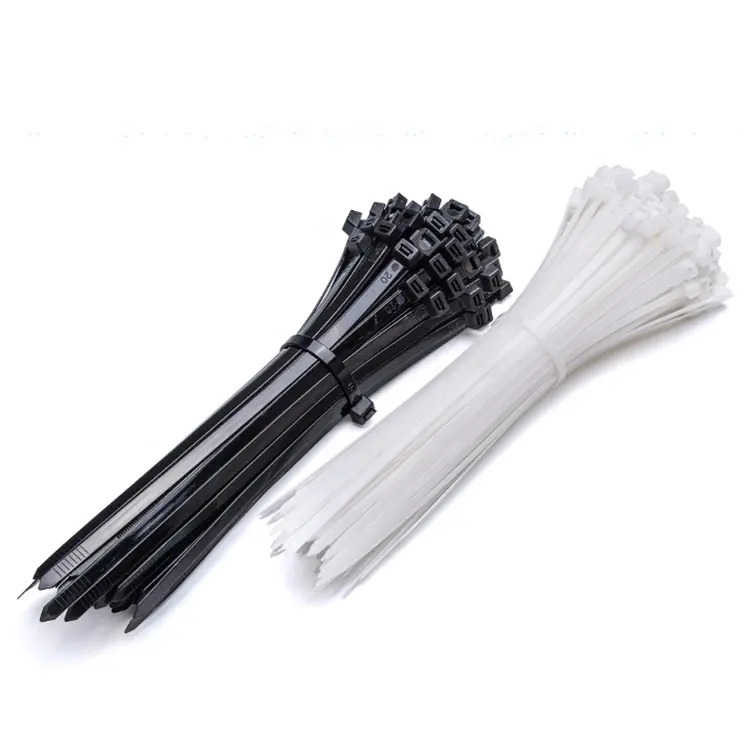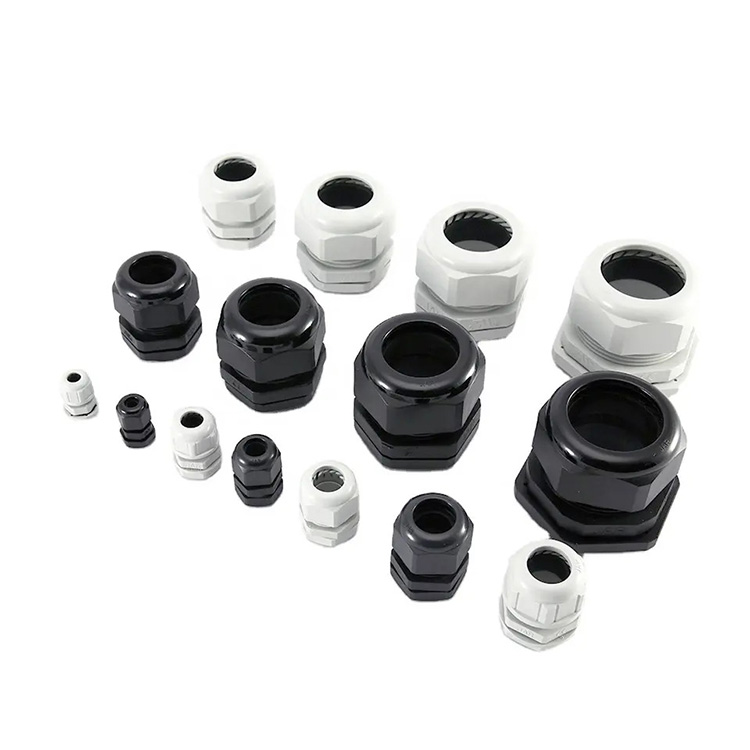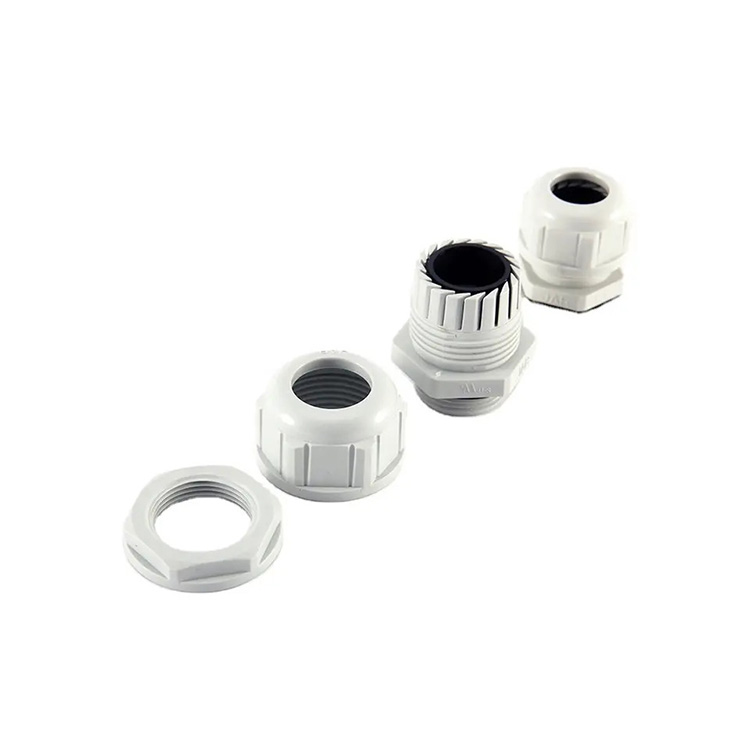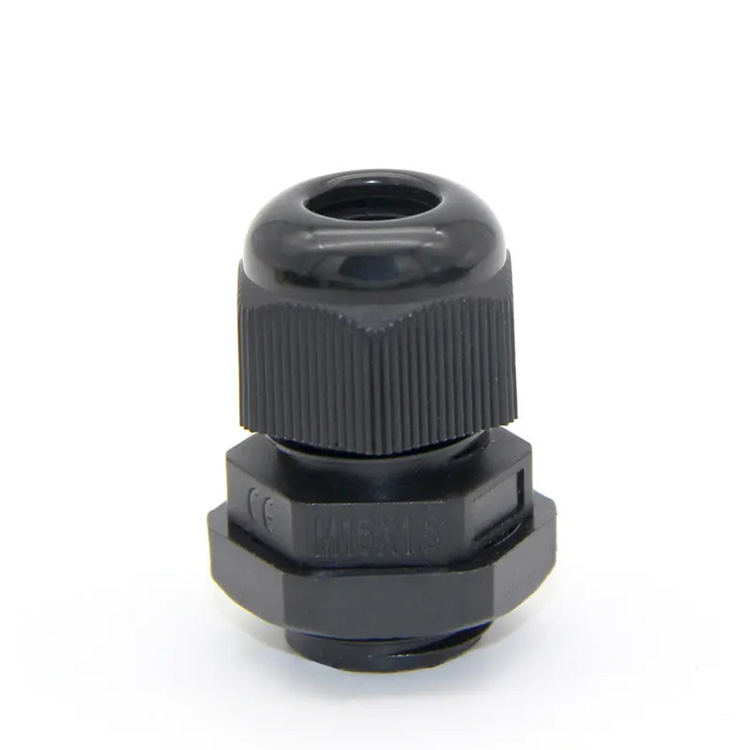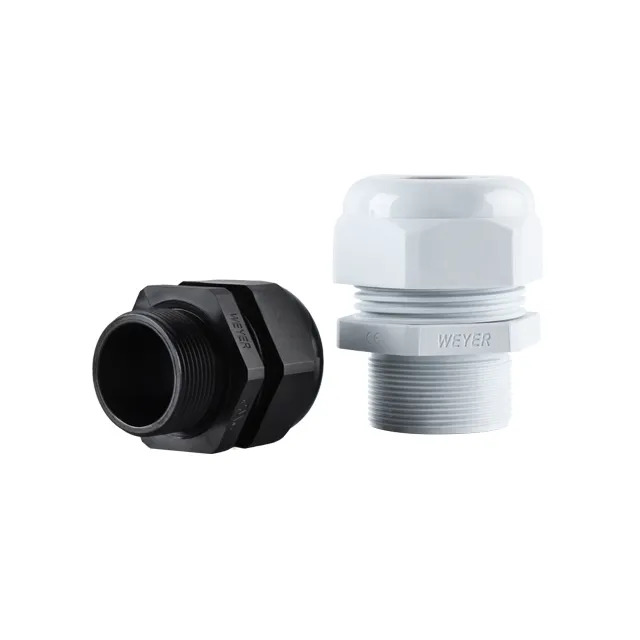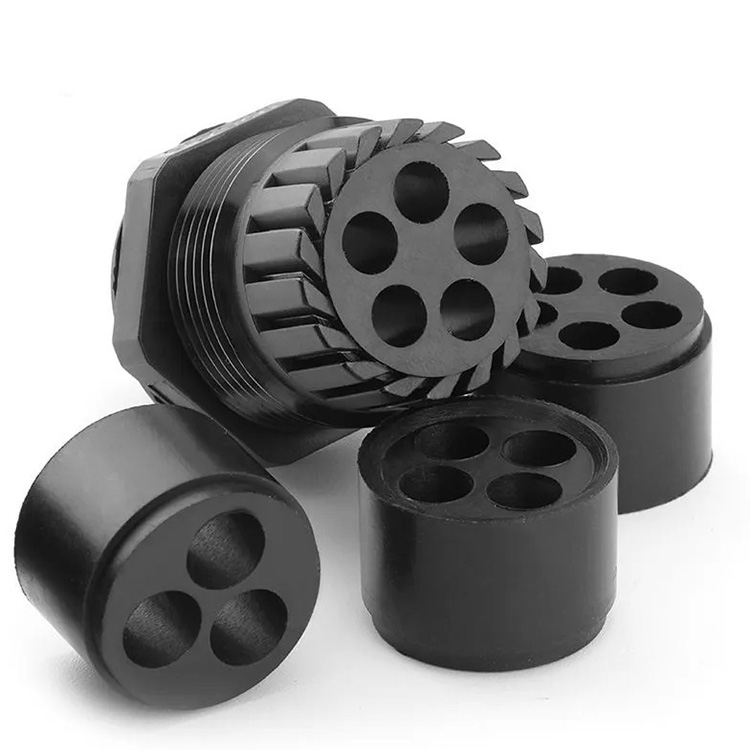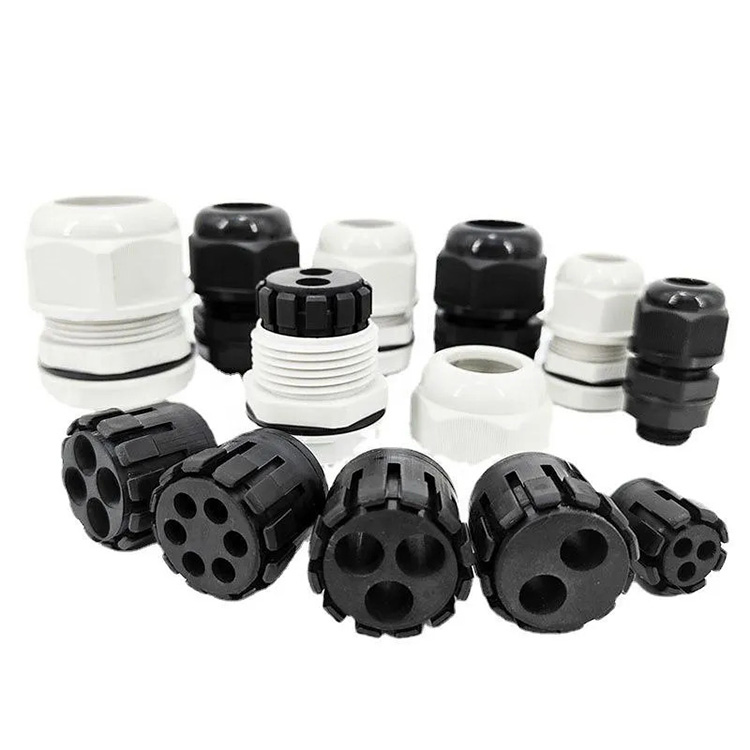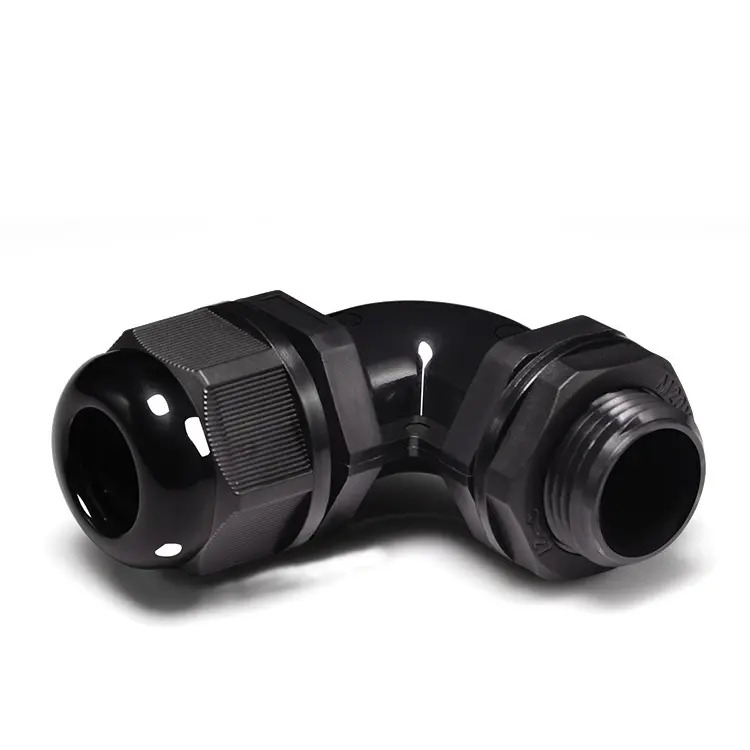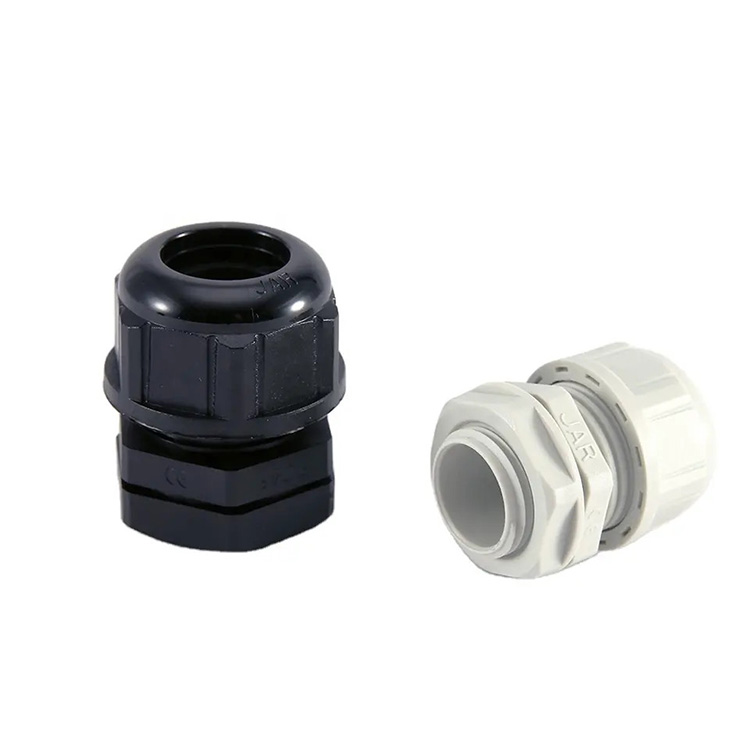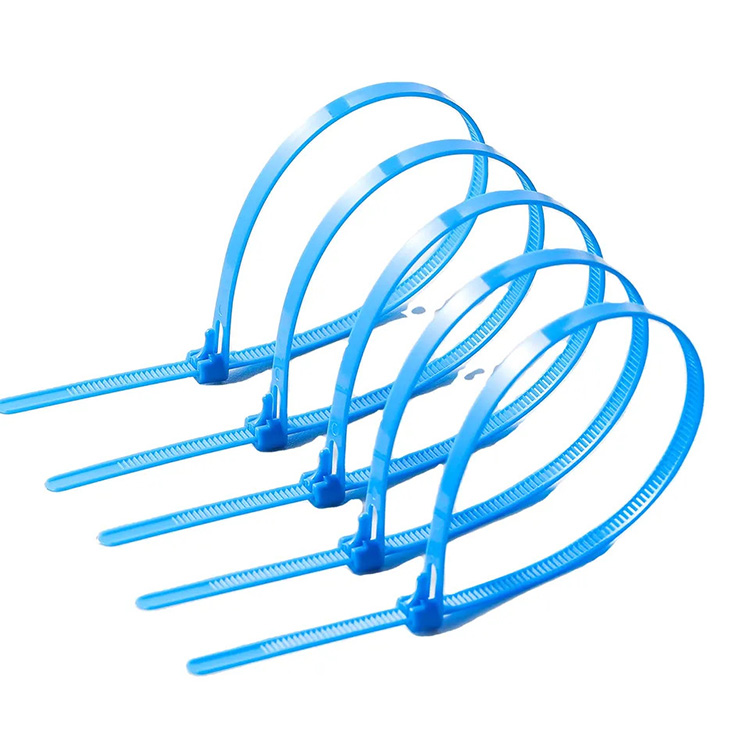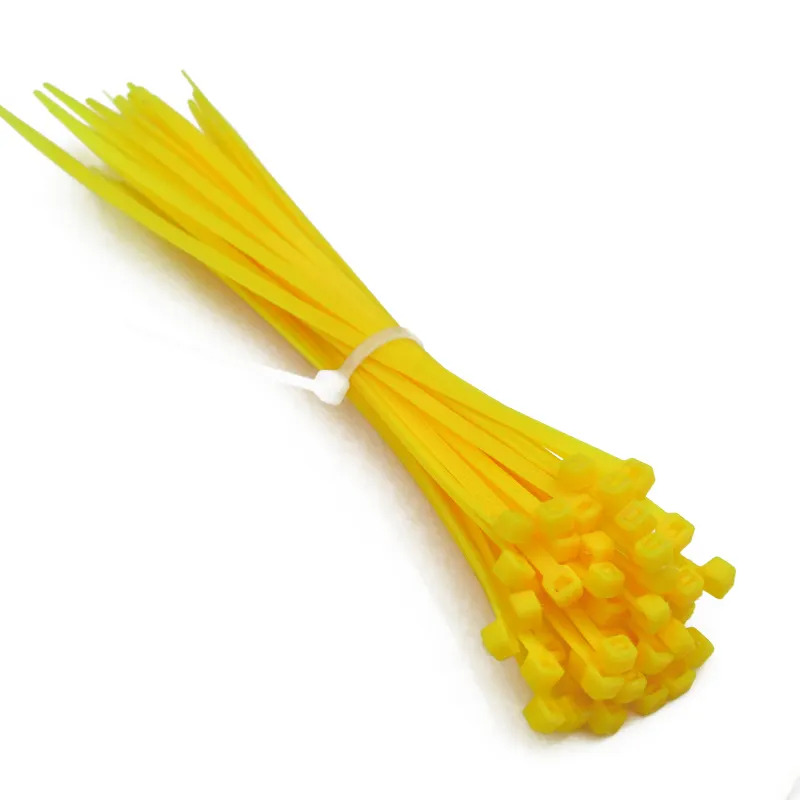Nylon Breathable Air Vent Cable Gland
China YAGE nylon breathable air vent cable gland is a cable gland designed to provide cable entry while allowing for the passage of air or gases. It is typically used in applications where ventilation or pressure equalization is necessary, such as in electrical enclosures, control panels, or equipment that generates heat.
Send Inquiry
The YAGE PG nylon breathable air vent cable gland is a specialized type of cable gland designed to provide a sealed enclosure for cables while allowing for the passage of air or gases. These cable glands are typically used in applications where there is a need for ventilation or pressure equalization inside the enclosure, such as in outdoor electrical equipment or equipment subjected to varying environmental conditions.
Here are some key features and considerations of nylon breathable air vent cable glands:
Material: Nylon is a common material used for these cable glands due to its durability, corrosion resistance, and suitability for outdoor and harsh environments.
Ventilation: The primary purpose of a breathable air vent cable gland is to provide ventilation or pressure equalization. The vent usually consists of a breathable membrane or filter that allows air or gases to pass through while preventing the entry of moisture, dust, or other contaminants.
Sealing: These cable glands typically have a sealing mechanism, such as a compression seal or grommet, to provide a watertight and dust-tight seal around the cable entry point.
Size and compatibility: Consider the cable diameter and the size of the vent opening to ensure compatibility with your specific cables and equipment. Ensure that the cable gland is designed to accommodate the desired airflow or pressure equalization requirements.
IP rating: Check for the IP rating of the cable gland to ensure it provides the desired level of protection against dust and water ingress. The IP rating will indicate the extent of protection provided, such as IP68 for complete dust-tightness and protection against prolonged water immersion.
Installation: Follow the manufacturer's instructions for proper installation of the nylon breathable air vent cable gland. It typically involves threading the gland into the enclosure and ensuring a secure and sealed connection.
When selecting a nylon breathable air vent cable gland, consider the specific requirements of your application, such as the desired airflow rate, environmental conditions, and the level of protection needed for your cables and equipment.
























